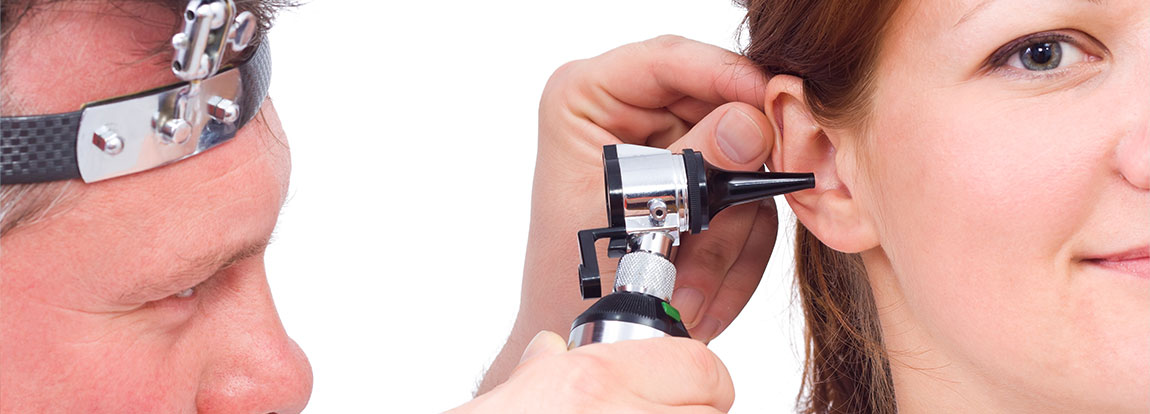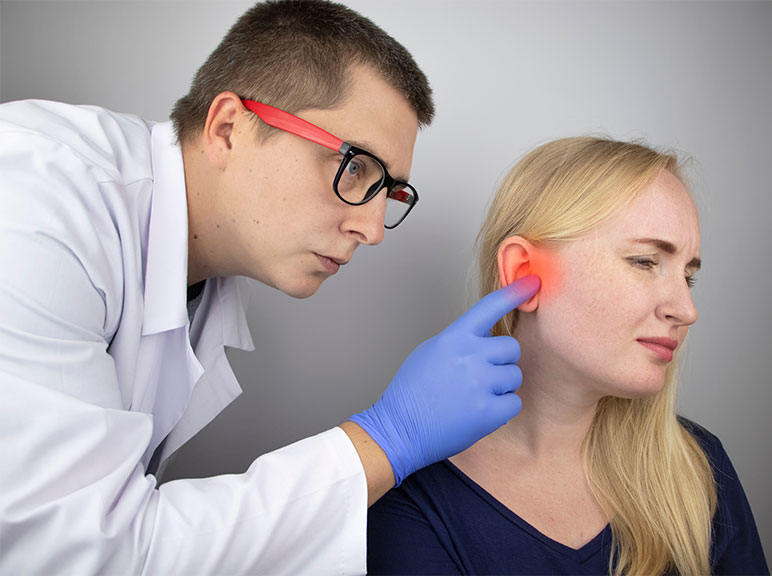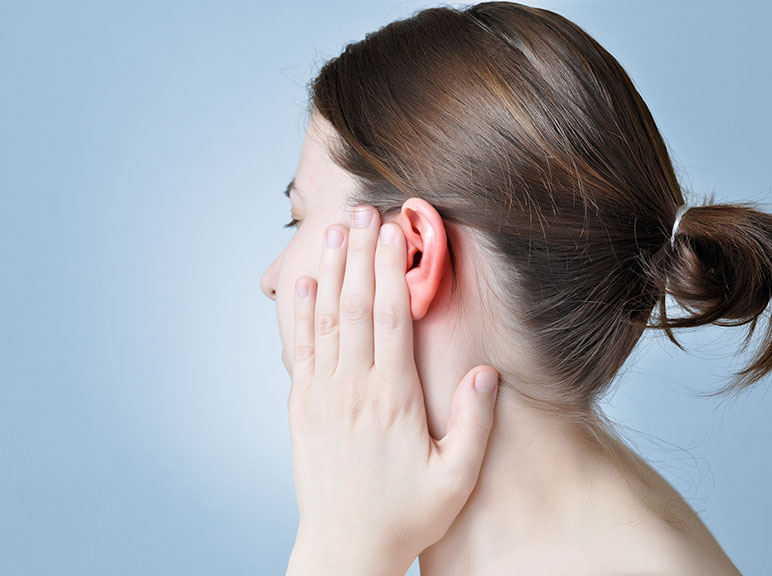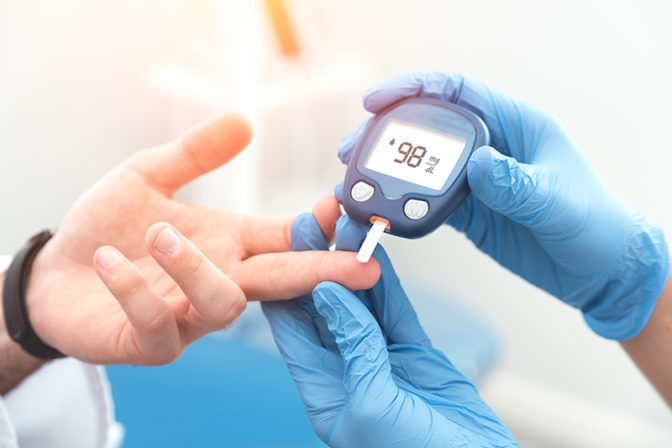Perforated Ear Drum
A perforated or a burst eardrum is a hole in the ear. It will generally heal within a few weeks and may not require treatment. Consult our GP at AVIVO Clinics if you think your eardrum has burst because it can lead to problems like ear infections.
Symptoms of a perforated eardrum
- Sudden hearing loss – one may find it difficult to hear anything, or your hearing may be slightly blurred.
- Earache or pain in the ear
- Itching in the ear
- Fluid leaking out of your ear
- High temperature
- Ringing or buzzing in the ear (tinnitus)
Treatment
If you have an infection caused by the perforated eardrum, a GP may prescribe antibiotics.
If the hole in the eardrum is large or does not heal within a couple of weeks, the GP doctor may refer you to an ear specialist for a surgery to repair a perforated eardrum.
Causes
The hole in the eardrum can be caused by:
- Infection of the ear
- An injury, like a blow, or due to an object like a cotton bud deep in your ear
- Changes in pressure, while flying or scuba diving.
- Sudden loud noise, such as a blast
The below tips will help you avoid damaging your eardrum:
- See our GP for treatment if your symptoms of an ear infection continue for more than 2 or 3 days.
- Don’t push anything deep into your ears, including your fingers.
- Wear appropriate ear protection if you are often exposed to loud noises
- When flying, try yawning, swallowing, chewing gum or sucking a sweet during take-off and landing.
Surgery may be required to repair a perforated eardrum if the hole in your ear is large or does not heal within a few weeks. The type of surgery is called myringoplasty.
What happens to a perforated eardrum during surgery?
A small cut will be made just in front or behind your ear, and a small piece of tissue is removed from under the skin, this will leave a small scar, which will generally be covered with your hair. Small surgical instruments will be used to patch the hole in the eardrum with t the piece of tissue – this can be done through the opening of your ear, or a small cut made next to the ear. A dressing is placed to hold the patch in place and stop water and germs from getting in – this usually stays in place for 2 or 3 weeks. A cotton wool padding is placed over the ear and held in position with a bandage. The cut(s) in your skin will be closed by stitches.
Most people can go home the same day or the day after surgery.
Recovery from surgery
It will generally take some weeks for the eardrum to heal. A follow-up appointment after 2 or 3 weeks of the surgery will be arranged before or shortly after you leave the hospital.
After surgery
Ensure someone stays with you during the first 24 hours – don’t drive or drink alcohol during that time. Replace the cotton wool in your ear every day (but leave the dressing that’s deeper in your ear) Avoid getting your ear wet – put cotton wool covered with petroleum jelly (such as Vaseline) in your ear when you shower. You may require taking off from work (or school) for about a week – you may be away for longer if your job involves a lot of moving or bending over. Talk to our GP about removing your stitches after a week (if the stitches do not dissolve on their own)
Activities to be avoided
Until you have had a follow-up appointment, avoid:
- Flying
- Swimming
- Smoking
- Close contact with sick people – you may get an ear infection
- Sports and other stressful activities
- Blowing your nose too hard-if you need to sneeze, try to keep your mouth open to reduce the pressure in the ear.
Our doctor will advise you on your return to normal activities.
When should you take medical advice?
It is normal to have some discomfort, dizziness, unusual noise in your ear, and some bleeding after the first few days of surgery. Please contact our Clinic or GP if:
- You have a lot of fluid or blood coming from your ear, especially if the fluid smells bad.
- You have too much pain, and it is not relieved by painkillers
- You feel dizzy, or the dizziness doesn’t get any better in a couple of days.
- Your ear is red, itchy and swollen.
Surgery for the repair of perforated eardrum does not usually cause any serious problems.
But the potential risks include Infection with a wound that can cause pain, bleeding, and leaking fluid – Contact our Clinics or GP surgery if you have these symptoms.
- Buzzing or ringing in your ear (tinnitus) – this usually improves over time but can sometimes be permanent.
- Taste changes – these are usually temporary but can sometimes be permanent.
- Worse hearing or hearing loss, even though permanent hearing loss is quite rare.
- Inability to move muscles in part of your face – this may improve over time, but in rare cases, it may be permanent.







